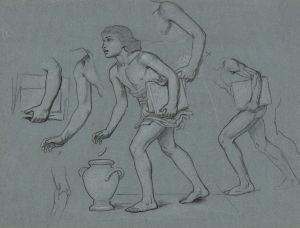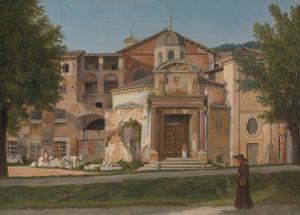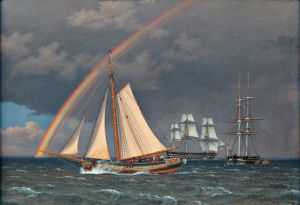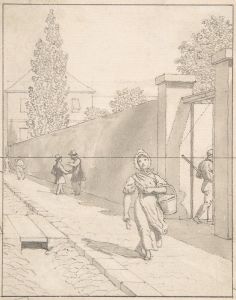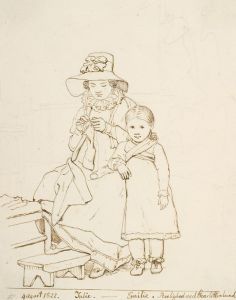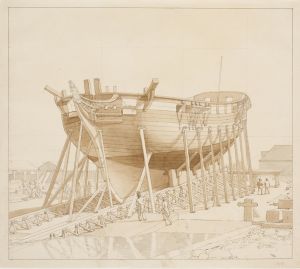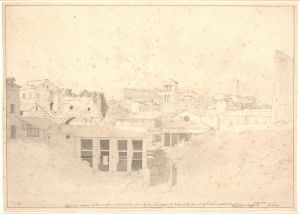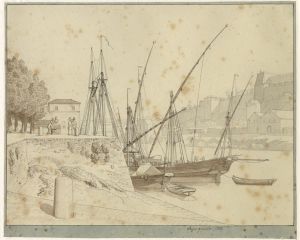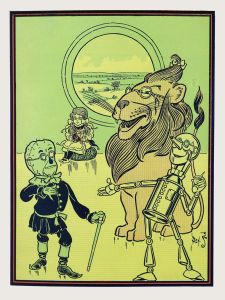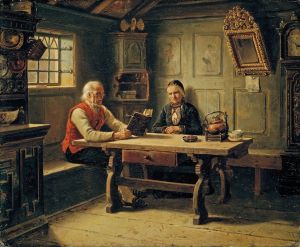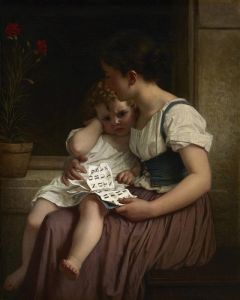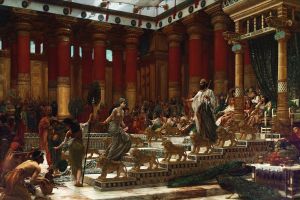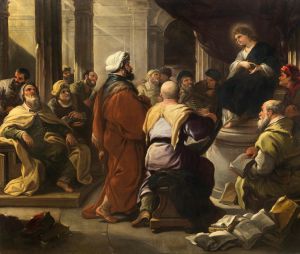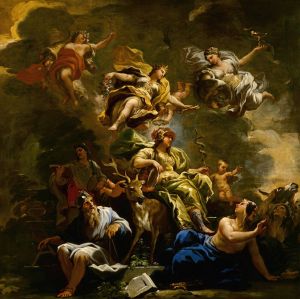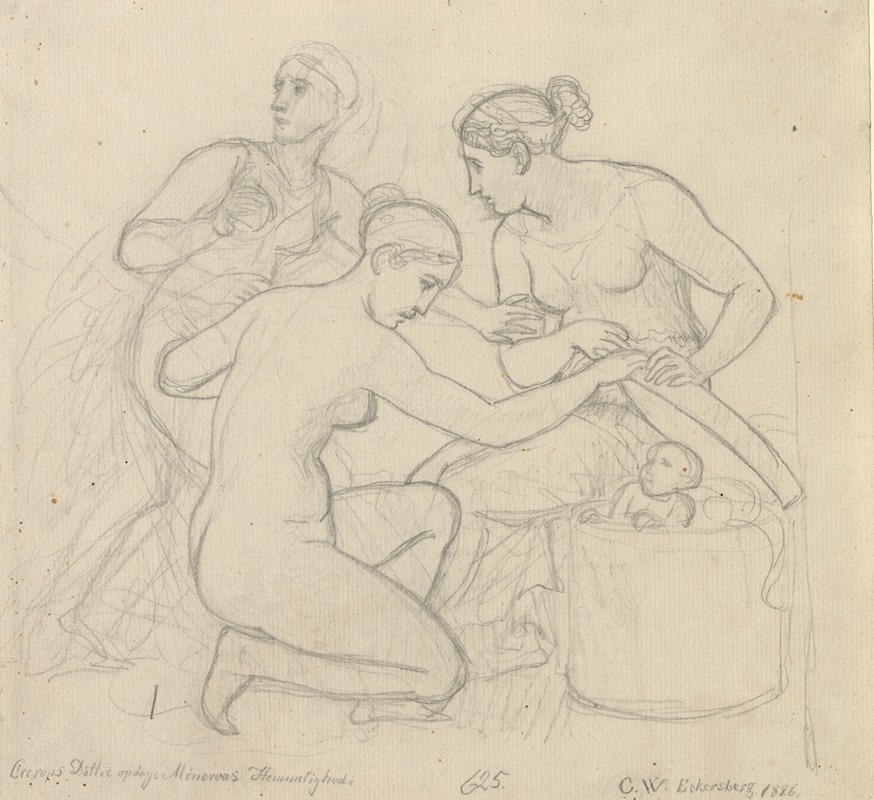
Cecrops døtre afslører Minervas hemmeligheder
A hand-painted replica of Christoffer Wilhelm Eckersberg’s masterpiece Cecrops døtre afslører Minervas hemmeligheder, meticulously crafted by professional artists to capture the true essence of the original. Each piece is created with museum-quality canvas and rare mineral pigments, carefully painted by experienced artists with delicate brushstrokes and rich, layered colors to perfectly recreate the texture of the original artwork. Unlike machine-printed reproductions, this hand-painted version brings the painting to life, infused with the artist’s emotions and skill in every stroke. Whether for personal collection or home decoration, it instantly elevates the artistic atmosphere of any space.
Christoffer Wilhelm Eckersberg, often referred to as the father of Danish painting, created the artwork "Cecrops' Daughters Reveal Minerva's Secrets" in 1819. This painting is a significant piece within the Danish Golden Age of painting, a period marked by a flourishing of the arts in Denmark during the first half of the 19th century. Eckersberg, who was instrumental in shaping this era, was known for his precise and detailed style, which he applied to both historical and everyday subjects.
The painting "Cecrops' Daughters Reveal Minerva's Secrets" draws its subject from Greek mythology, a common source of inspiration for artists during this period. The myth involves the daughters of Cecrops, the mythical first king of Athens, who were entrusted with a chest by the goddess Minerva (Athena). They were instructed not to open it, but curiosity led them to disobey. Upon opening the chest, they discovered the infant Erichthonius, a future king of Athens, who was part human and part serpent. The revelation of this secret had dire consequences for the daughters, as they were driven mad by the sight and ultimately met tragic ends.
Eckersberg's painting captures the moment of revelation with a focus on the emotional and psychological states of the daughters. The composition is carefully structured to draw the viewer's eye to the central figures, emphasizing their expressions and gestures. Eckersberg's use of light and shadow enhances the drama of the scene, a technique he mastered during his studies in Paris under the neoclassical painter Jacques-Louis David.
The painting is notable for its classical composition and the way it reflects Eckersberg's academic training. His attention to anatomical accuracy and the rendering of drapery demonstrates his commitment to the principles of neoclassicism, which emphasized clarity, order, and harmony. These elements are evident in the way he portrays the figures with idealized beauty and balanced proportions.
Eckersberg's work was influential in the development of Danish art, as he was a professor at the Royal Danish Academy of Fine Arts and mentored many artists who would become prominent figures in the Danish Golden Age. His emphasis on direct observation and study of nature, combined with his classical training, helped shape the distinctive style of this period.
"Cecrops' Daughters Reveal Minerva's Secrets" is housed in the Statens Museum for Kunst (National Gallery of Denmark) in Copenhagen, where it remains an important example of Eckersberg's contribution to Danish art. The painting not only reflects the artist's skill and the artistic trends of his time but also serves as a window into the cultural and intellectual currents of early 19th-century Europe, where classical themes were revisited and reinterpreted through the lens of contemporary artistic ideals.
In summary, Christoffer Wilhelm Eckersberg's "Cecrops' Daughters Reveal Minerva's Secrets" is a masterful work that exemplifies the neoclassical style and the rich cultural milieu of the Danish Golden Age. Through its mythological subject and meticulous execution, the painting continues to be appreciated for its historical and artistic significance.





